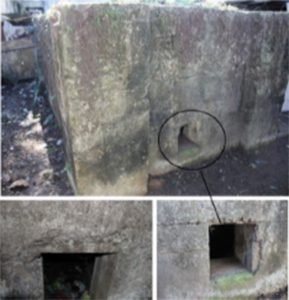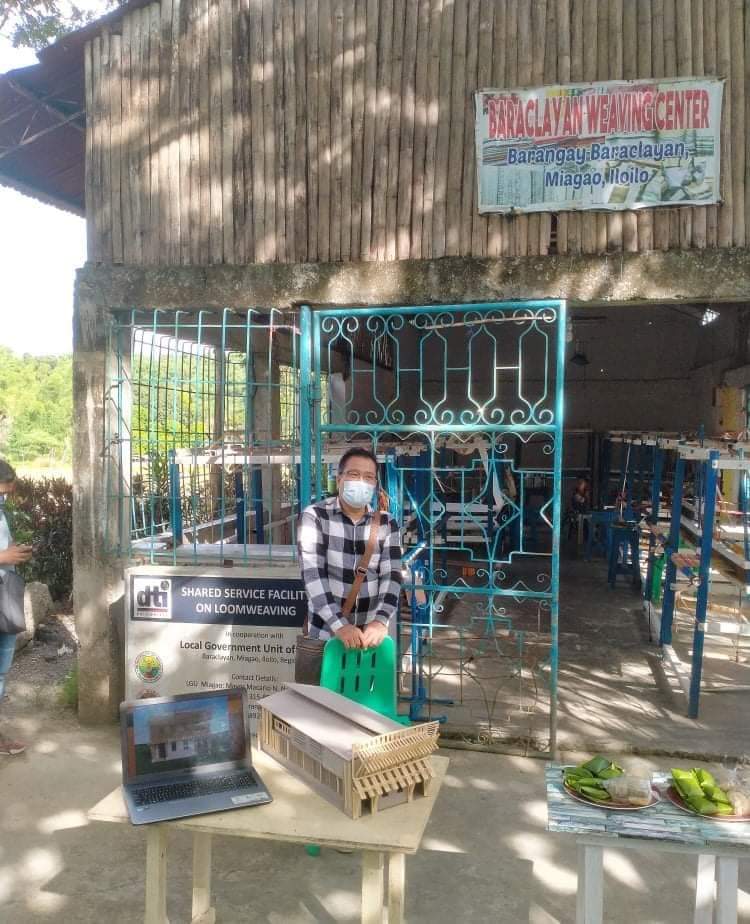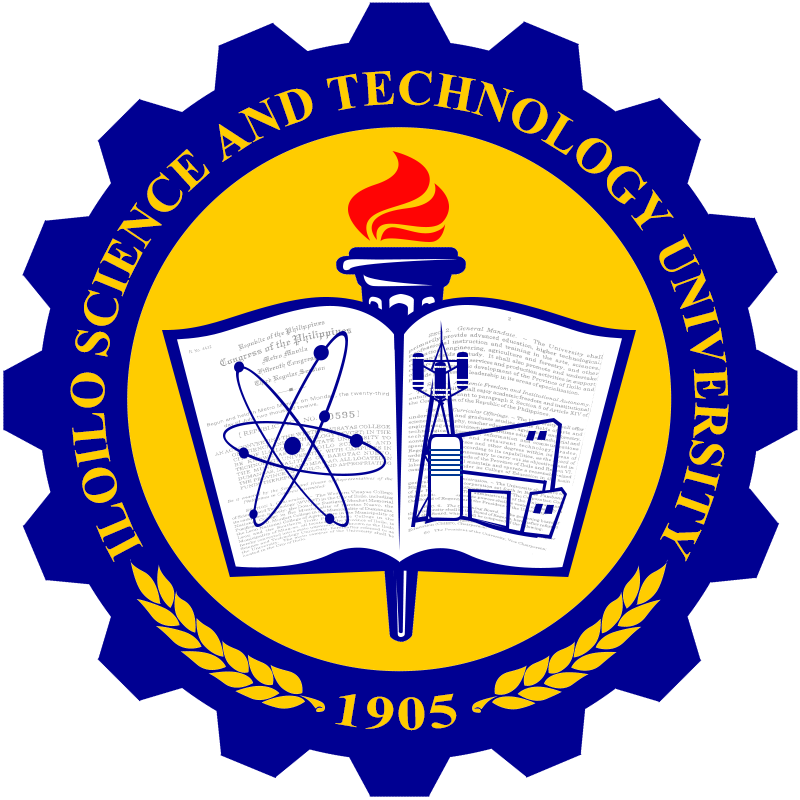
The reverse view of the Japanese bunker (above photo) at the new site showing its surveillance window (inset), and the entrance (lower left photo) of the network of tunnels running beneath the ISAT U grounds.
The Commission on Higher Education (CHEd) Study in the Philippine Program (Education Tourism Program) will support the revival of the ISAT U historic tunnels. The pronouncement was made by Atty. Lily Freida M. Milla, Officer-in Charge, CHEd-International Affairs Staff, when she was invited speaker of the University’s strategic planning on internationalization on Jan. 23-24, 2020.
“Yung commitment namin sa edu-tourism, we have been discussing this with the Chair ( De Vera). It is about the whole eco-tourism of making ISAT U as a destination creating more partnership for you not just internationally but also convergence with the communities, with the local government and the national government, “ said Atty. Milla.
The Commission realized the potential of ISAT U’s rich historical and cultural heritage fitted to the priority area of the program.
The then Iloilo Trade School was built in 1905 under the Bureau of Education of the American Civil Government. During the Japanese occupation, tunnels were built in the compound of the school which have been a part of Iloilo City historical and cultural heritage.
“It looks like a deep well but actually it is a tunnel. We wanted to revive that tunnel,” said Dr. Raul Muyong. The tunnel runs from the main campus to the new site and into Salog River in Jaro district..

The winding stairs leading to the tower of the administration building is another feature preserved due to its historical and aesthetic value.
The University President also recognized the impact of the project once it pushes through. “Iloilo City is a booming city in terms of tourism. So it will boost the tourism industry of our city,” he said in an interview with the Philippine News Agency. “Aside from helping the city’s tourism industry, it will also support the institution’s Bachelor of Science in Tourism program,” Dr. Muyong added. It has also been known that in several instances Japanese tourists visited the tunnels at the New Site.
He also divulged that at present coordination with the Iloilo City government is undertaken for mapping of the tunnels.
According to National and International Affairs (NIA) Director Nemia H. Mabaquiao, the Iloilo City Cultural Heritage Conservation Council has already issued a conservation clearance as initial step for the project. The NIA Office takes lead of the undertaking.
Atty. Milla though clarified that the edu-tourism involves not only the tunnels but also the whole ISAT U. “Very exciting project hindi lang yung tunnel, even the one in Leon for agri-tourism,” she said.
Dr. Raul F. Muyong was also quick to point out the newly-inaugurated Regional Yarn Production and Innovation Center that revives the weaving industry at Miagao Campus as another tourist attraction in the making.
“Yan ang partnership ng tourism. The university should actively promote about heritage, about culture, about the potentials also about communities. “Atty. Milla responded.
The project addresses one of the priority areas of the program that is to transform Philippine Higher Education into a hub of world-class higher education in key disciplines that integrates heritage, local culture, and diversity of natural resources which demands acquisition of competencies gained from hands-on and practical experiential learnings in a social laboratory that is characterized by flexibility, industry partnership and convergence of disciplines where learning is a family experience.









